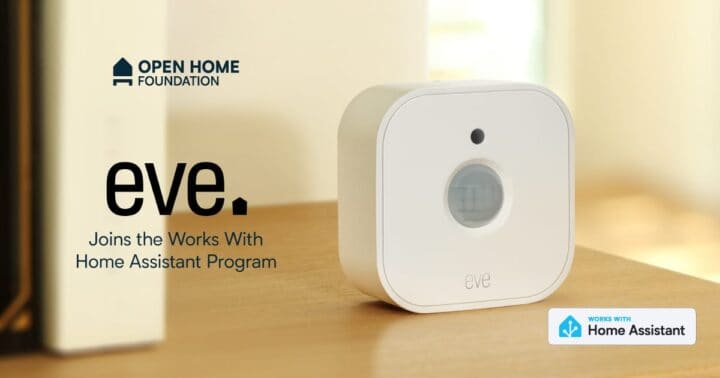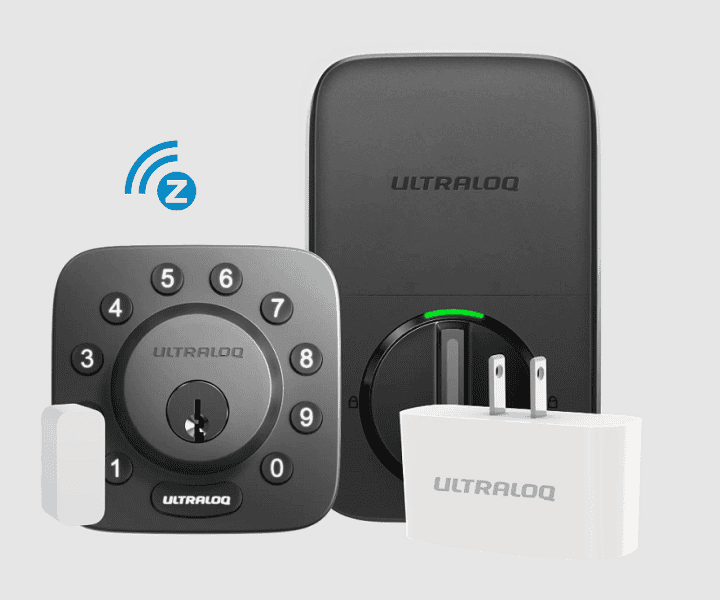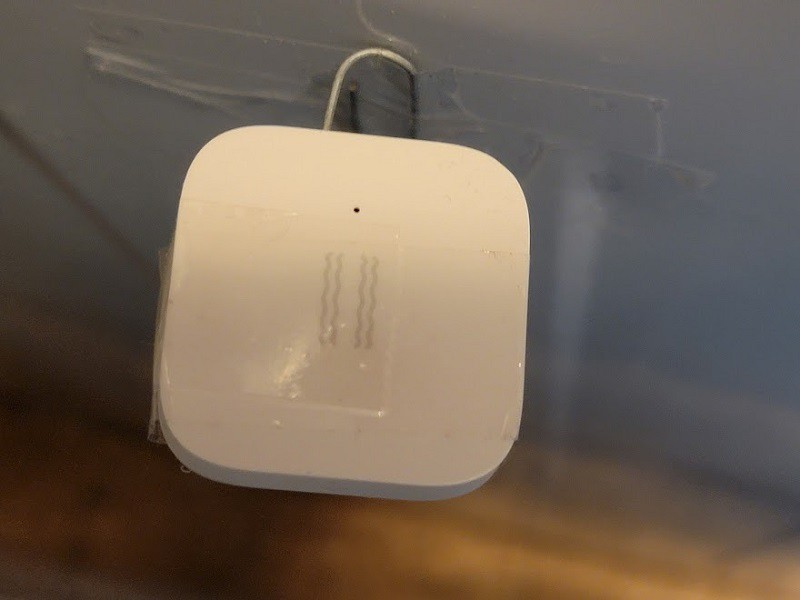Home Assistant has just announced it’s roadmap for 2025. The main focus is to make smart homes easier for everyone in a household, not just the person who set everything up. The goal is to make Home Assistant more intuitive and supportive for all users, including partners, kids, and roommates. One of the ways the team hopes to get there is by helping the system better understand the context of devices in the home, instead of just showing a long list of sensors and switches.
A recent community survey showed that while many people set up smart homes, only 46 percent of partners and 27 percent of children of long-time Home Assistant users actually interact with the system. This suggests that even in homes with a lot of automation, most users do not find the system easy or inviting. Home Assistant says this is partly because much of the community’s knowledge is scattered across forums, chat rooms, and videos. Users looking to make their system better often have to spend a lot of time searching through different sources to find answers.
To address this, Home Assistant is introducing a new project called Device Database. This database is being developed with the Open Home Foundation and is meant to serve as a central collection of information about devices that work with Home Assistant. The idea is to gather details like setup instructions, power usage, and real-world tips from people who have actually used the devices. The database will only contain information that users submit on purpose, and nothing will be collected automatically or without explicit consent. The goal is to help both new and experienced users pick devices that fit their needs, with a focus on privacy, choice, and sustainability.
Putting devices in context means that instead of seeing a group of separate entities, Home Assistant will recognize complete devices. For example, a fridge might have temperature sensors, a light, and a door sensor, but instead of listing these as random items, the system would know they all belong to the fridge. This makes it easier for users to manage their smart home, create automations, and use voice commands. It also means Home Assistant can suggest improvements and help users based on what’s worked for others in similar homes.
Home Assistant says the changes in the roadmap are aimed at building a solid foundation for a smart home platform that learns and adapts without collecting user data in the way some large tech companies do. For more information about Home Assistant’s roadmap and the Device Database, check out the full roadmap announcement here.



